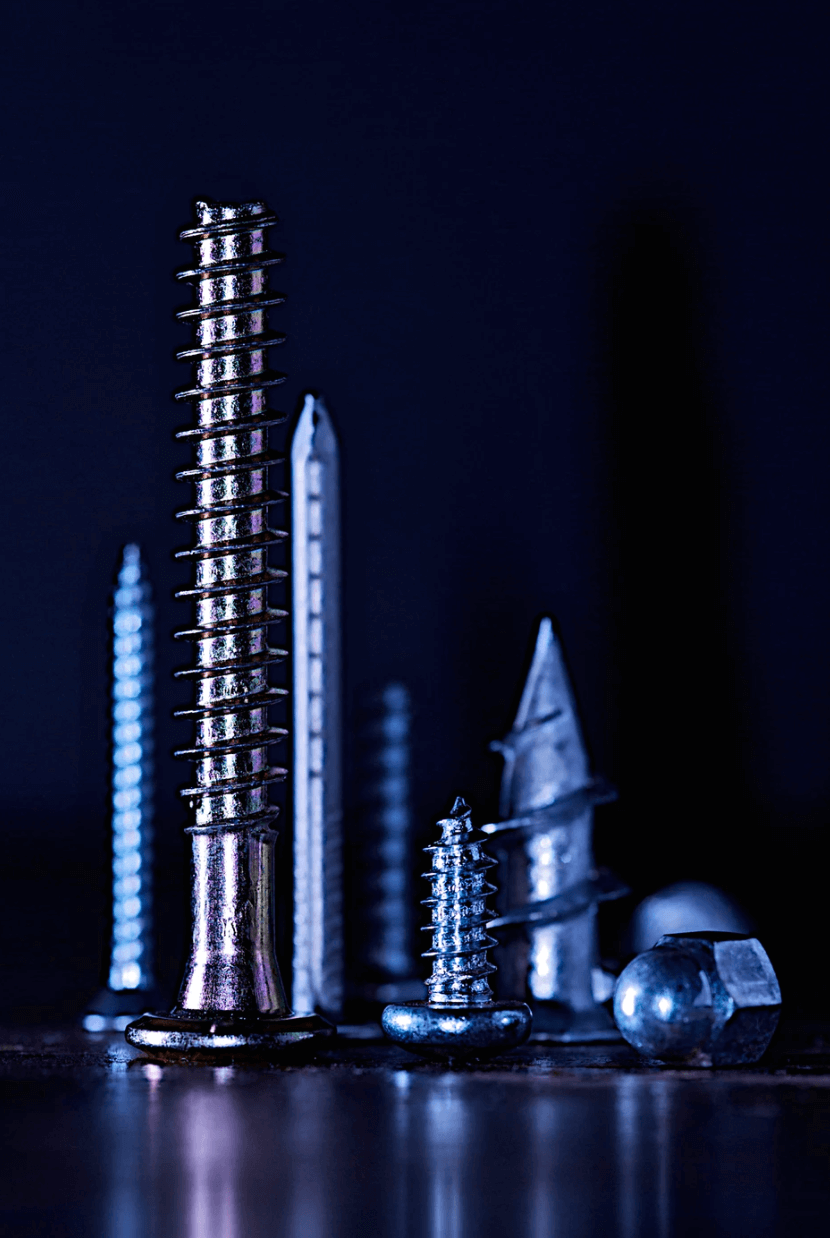Achilles tendinitis can be one of the more stubborn conditions that we treat. We have come up with very effective protocols to treat this. We do like to follow-up and make certain that our patients are getting better. And I like to check that the symptoms are progressively improving and in most cases completely resolving. There are several different "layers" of treatment. There is what I consider the core treatments. Most of these treatments are mechanical in nature as is the case with many foot and ankle problems. But some of the adjunctive treatments also address the underlying inflammatory or in some cases degenerative processes that can occur.
The core treatments: special prescription orthotics, special Achilles exercises, a night splint, and a special Achilles daytime and exercise brace. Note, many clinics do not know the most effective orthotics or the best braces for this condition. The secondary additional options include: shockwave treatment, cortisone injections, PRP (platelet rich plasma), gastroc recession procedure, and Achilles surgical procedures. Again, many clinics do not have experience with these advanced treatment options.
It is important to include all of the core treatments to help this problem resolve and keep it from coming back. Once the core treatments have been provided, if there are still symptoms then there is the option of the adjunctive treatments which can be especially helpful for the stubborn cases. We provide all of these treatments at our clinic. Some of our patients come in and have had only minor improvement with their Achilles problems. They come to our clinic for these other options. However, it always surprises me when a new patient comes in and they do not want any of the newer treatment options. They only want to do the same treatments that were done before at other clinics that did not work. And, surprise they still have their Achilles problems!
What do they say? “Insanity is doing the same thing over and over again and expecting different results"!
We offer all of these treatments that I mention at our clinic. The treatments that are not being provided may be holding up your progress! Give us a call at 425-391-8666 or make an appointment online today to see a foot and ankle specialist.











